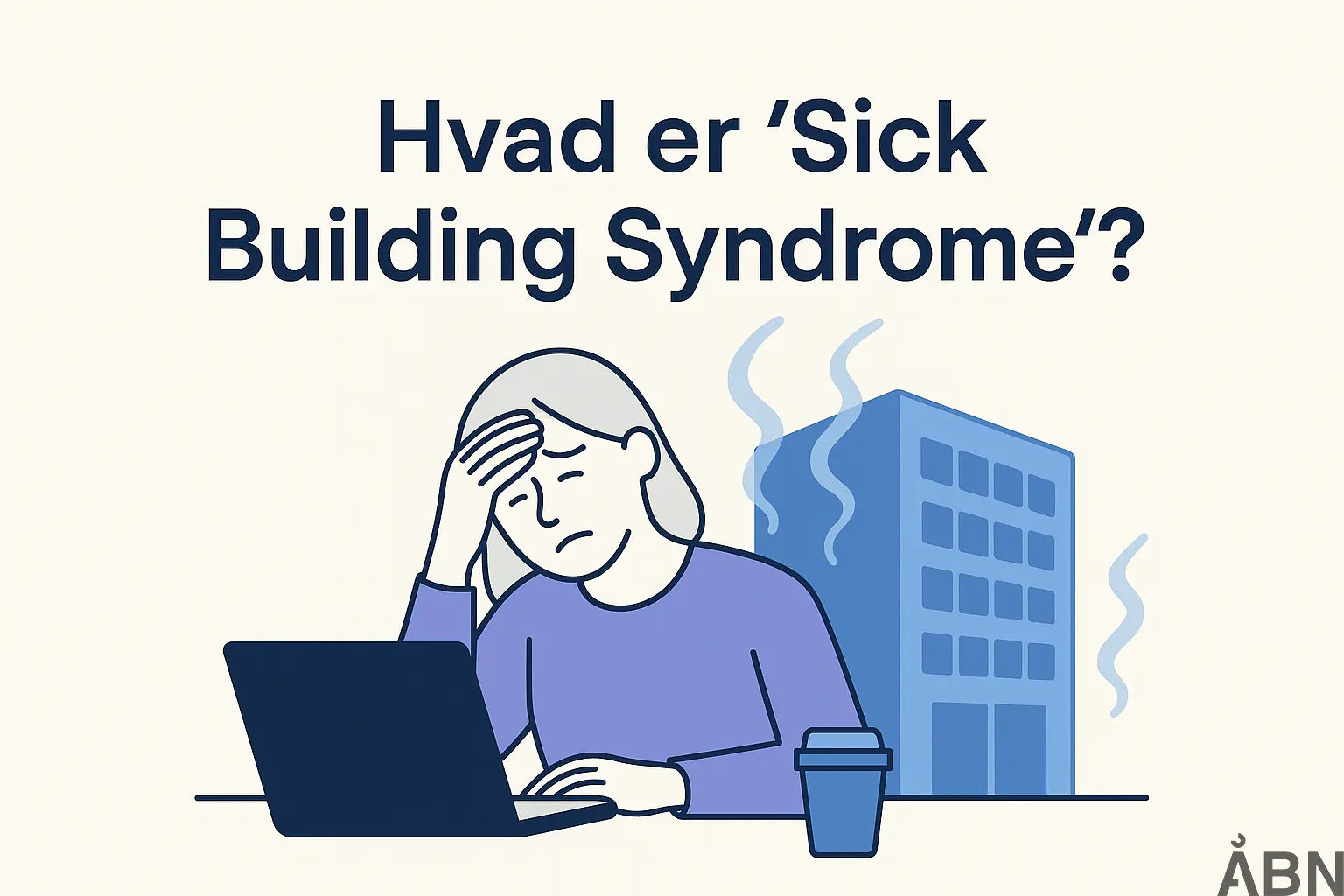
Indeklima i virksomheder: Alt du skal vide

Betydningen af bæredygtigt indeklima: Alt du bør vide

Sådan overvåger du indeklima effektivt i institutioner

Indeklimamåling: Alt Du Skal Vide Om Overvågning

7 vigtige indeklimamålinger alle bør kende til på arbejdspladsen

Sådan forbedres indeklima effektivt i institutioner

Betydning af luftkvalitet: Alt du skal vide

Hvad er indeklimamåling? Kompleks guide til skoler og arbejdspladser

7 effektive indeklimatips til arbejdspladser for bedre trivsel

What is Sick Building Syndrome?
Imagine you walk into a building. It could be your school, your office or your home and before long you start to feel tired, have a headache or dry eyes. When you leave the building, the symptoms disappear. Does this sound familiar? Then you may have experienced Sick Building Syndrome (SBS).

The challenge of indoor climate in schools and how to solve it
Why is the indoor climate bad? The primary schools in Denmark have been built from before the 19th century to...

ÅBN launches SKYEN 2.0 – the indoor climate sensor of the future
Copenhagen, August 18, 2025 The Danish company ÅBN is now launching SKYEN 2.0 , a new and improved indoor climate...
Follow the latest news
Welcome to ÅBN's blog page, where we provide you with the latest insights and updates on indoor climate, sensors and much more. To ensure that you are always up to date with the latest trends and technologies, we have compiled a number of articles covering everything from improving indoor climate to the latest sensor solutions.
Do you have any questions?
Do you have questions or need further information about indoor climate, sensors or any of the topics we cover on our blog? We are here to help! You are always welcome to contact us directly at hello@aabn.io . Our team is ready to answer your questions and provide you with the knowledge you need to optimize your indoor climate and make the most of sensor technologies.
Thank you for visiting our blog. We look forward to bringing you more useful updates and news about indoor climate and sensors.
Would you like more information about indoor climate, ÅBN or our products? Book a meeting and we'll have a chat.



